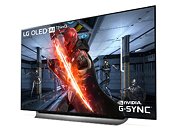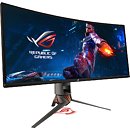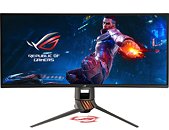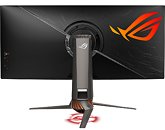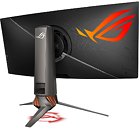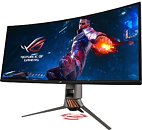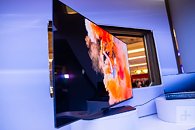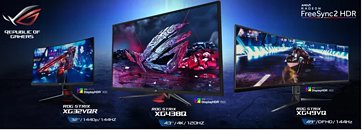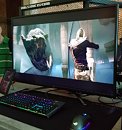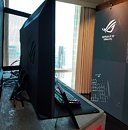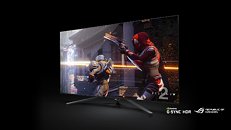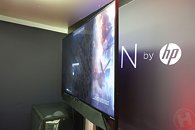
LG Unveils First OLED TVs with NVIDIA G-SYNC Support
LG Electronics (LG) has joined forces with NVIDIA to make gamers' dreams come true, adding support for NVIDIA G-SYNC Compatibility to its stunning 2019 OLED TVs (model 65/55E9, model 77/65/55C9). LG's newest OLED products offer blazing speed and stunning color reproduction, their superior performance and image quality validated through NVIDIA G-SYNC Compatible testing to ensure a smooth and immersive gaming experience without flickering, tearing or stuttering.
With exceptional picture quality, low input lag and an ultra-fast response time, LG OLED TVs have already earned a reputation for delivering an optimized gaming performance. The addition of NVIDIA G-SYNC Compatibility raises the bar once more, guaranteeing even more immersive big-screen PC gaming on the company's industry-leading 4K OLED models, available in 55- to 77-inch screen sizes.
With exceptional picture quality, low input lag and an ultra-fast response time, LG OLED TVs have already earned a reputation for delivering an optimized gaming performance. The addition of NVIDIA G-SYNC Compatibility raises the bar once more, guaranteeing even more immersive big-screen PC gaming on the company's industry-leading 4K OLED models, available in 55- to 77-inch screen sizes.
